"Nature is not a place to visit, it is home." Gary Snyder How do our experiences in nature restore our sense of wellbeing? Are there ways we can explore the natural world to increase our creativity? How can we feel more at home in nature? These (and more!) are some of the big questions that inspire our encounters with nature at Camp Wildcraft. In this blog, we’ll share some of our experiences at camp, a little bit of the research that motivates us, and some ways you can create more awareness and connection while exploring nature with your kids. At Camp Wildcraft we see how our campers are happier and their best selves after wading the creek, searching for crystals, pushing themselves up a hill with 25 other kids, or pondering a giant oak while drawing in their sketchbooks. By pointing out surprises on the trail we invite kids to see the functional design of seedpods or hear the patterns of bird song. We share nature’s intelligence and gifts: such as the recent discovery that yellow and purple wildflowers grow near each other as their complementary colors draw pollinators. Or that the round oak galls that fall from certain oak trees, can be used to make the blackest ink– and have been used for this since ancient times. (We make and use this ink at camp :) Research shows that exploring and observing nature alleviates negative thoughts, lifts our mood and improves our focus. Being in nature fosters a process of restoration and what psychologists call “soft fascination", a kind of “passive attention" which is effortless and diffuse. This primes our brain to have unexpected connections and insights. Observing patterns, forms and colors in nature have a soothing effect on the human nervous system. It frees us from rumination and worry, allowing us much needed time to find calm and renewal. At Camp Wildcraft we draw kids attention to the small wonders and interconnections they may not have noticed. Storytelling, scavenger hunts, drawing in our sketchbooks creatively activate kids on the trail and invite them to notice plants and animals within the landscape. Working collaboratively to build big forts from branches or creating small worlds under the trees with sticks, rocks and leaves allow kids to engage with all our senses and feel, through our body, heart and mind, the interconnectedness of all living things. So how can families recharge together by finding wonder and wellbeing in nature ? Here are some ideas from our Camp Wildcraft experience:
Additional resources to enliven your family nature encounters.
Some of the research mentioned here is from Thinking with Natural Space, The Extended Mind by Annie Murphy Hall
1 Comment
Welcome to the second edition of our Camp Wildcraft blog, "The Wildcraft Wonder Cabinet." Periodically, we'll be sharing what we're learning about art and creativity, how nature helps us thrive, and growing compassionate and resilient kids. Our second edition explores RESILIENCE-- a quality we actively nurture as part of the Wildcraft experience. GROWING RESILIENT KIDS |
AuthorsShari Davis and Benny Ferdman are artists, educators, co-founders of Camp Wildcraft--and passionate collectors of wondrous and surprising objects and stories found along the trail. Archives
May 2023
Categories |




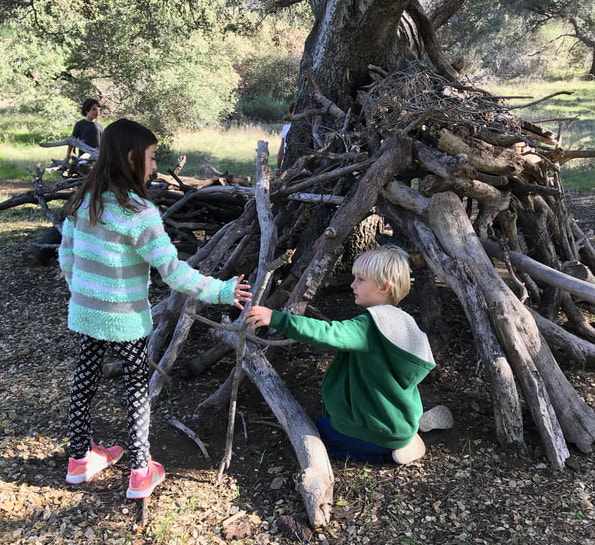

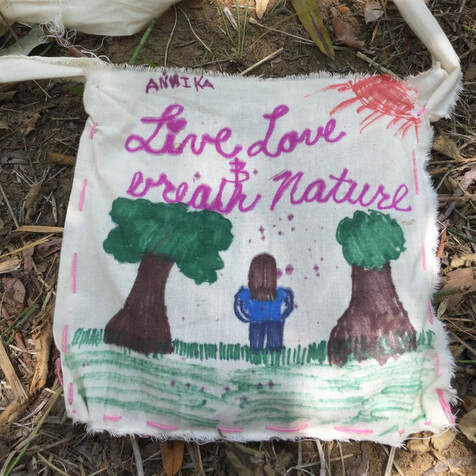
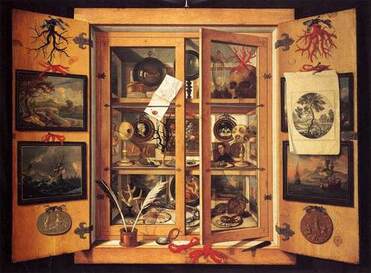
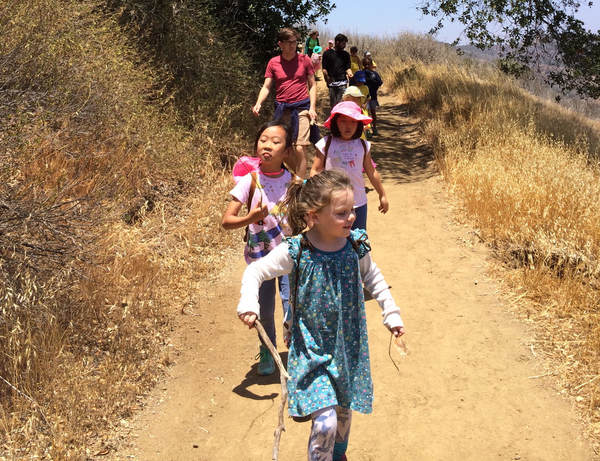
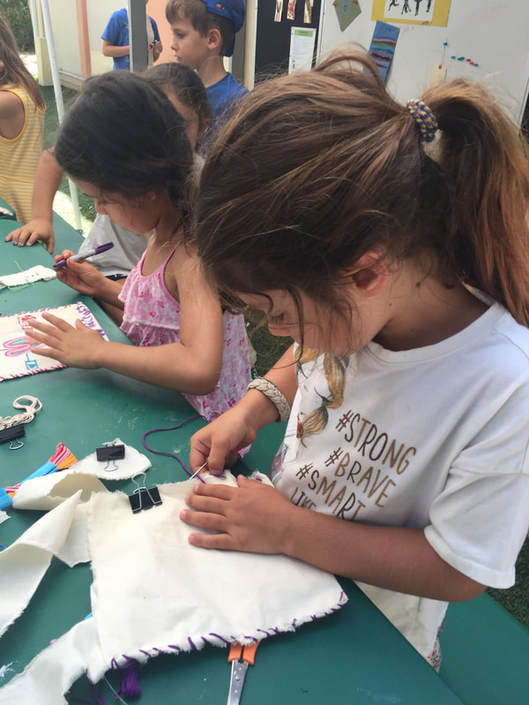
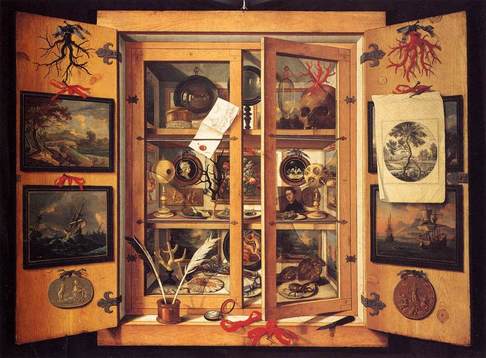



 RSS Feed
RSS Feed